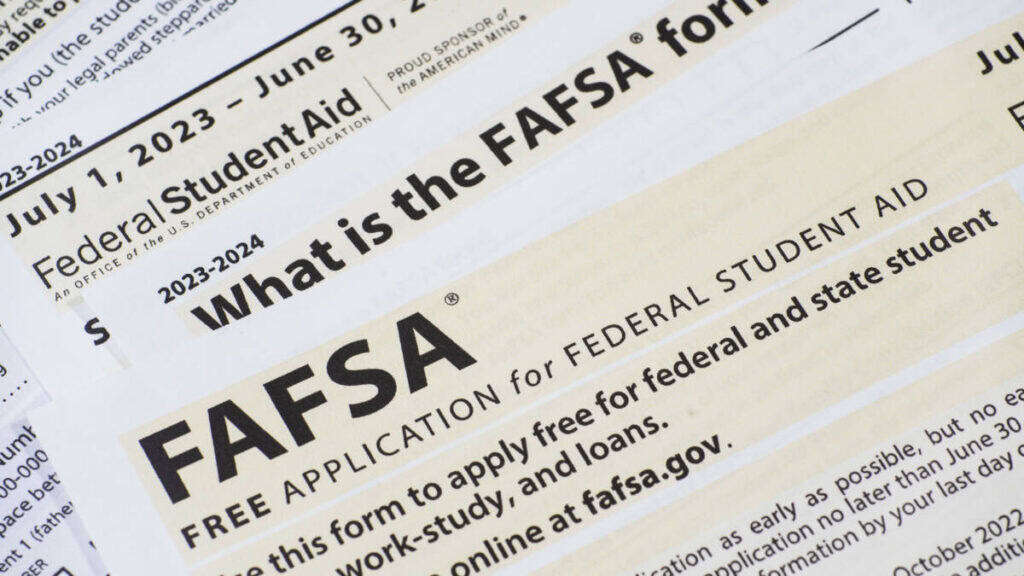Grant vs. Loans
Paying for college can be a daunting challenge, and understanding the differences between grants vs. loans is crucial for making informed financial decisions. College tuition, housing, and other expenses can add up quickly, making it essential to explore all available funding options. Grants and loans are two of the most common ways students finance their education, but they function very differently.
In this comprehensive guide, we will break down grants vs. loans, explain their key differences, and help you determine which option is best suited for your financial needs.
What Are Grants?
Grants are a form of gift aid, meaning they do not require repayment. They are typically awarded based on financial need, academic achievement, or specific eligibility criteria. Grants can come from various sources, including the federal government, state governments, colleges, and private organizations.
Types of College Grants
- Federal Grants
- Pell Grant: The most common federal grant for undergraduate students with significant financial need. The maximum award varies annually.
- Federal Supplemental Educational Opportunity Grant (FSEOG): Awarded to students with exceptional financial need, but funds are limited.
- TEACH Grant: Provides funding for students who plan to teach in high-need fields and low-income schools.
- State Grants
- Many states offer grants based on residency and financial need.
- Some states provide merit-based grants for students with high academic performance.
- Institutional Grants
- Colleges and universities may offer grants to students based on need or merit.
- These grants vary widely by institution and may require additional applications.
- Private and Nonprofit Grants
- Organizations, foundations, and companies may provide grants for specific student demographics, fields of study, or personal backgrounds.
- Examples include grants for minorities, women in STEM, or first-generation college students.
To apply for grants, students typically need to complete the Free Application for Federal Student Aid (FAFSA), which determines eligibility for federal and state grants. Some private organizations and colleges may also require separate applications, essays, or financial documents to award grant funding.

Pros and Cons of Grants
Pros:
- Free money that does not need to be repaid.
- Helps reduce student loan debt.
- Available from multiple sources.
Cons:
- Often based on financial need, limiting eligibility.
- Limited funding means competition is high.
- Some grants, like the TEACH Grant, have conditions that must be met, or they turn into loans.
What Are Loans?
Student loans are borrowed money that must be repaid with interest. Loans can be a helpful resource for covering educational expenses when grants and scholarships do not fully cover costs. There are two main types of student loans: federal loans and private loans.
Types of Student Loans
- Federal Student Loans (Provided by the U.S. Department of Education)
- Direct Subsidized Loans: Available to undergraduate students with financial need. The government pays the interest while the student is in school.
- Direct Unsubsidized Loans: Available to both undergraduate and graduate students. Interest accrues from the time the loan is disbursed.
- Direct PLUS Loans: Available to graduate students and parents of undergraduates. Requires a credit check.
- Direct Consolidation Loans: Allows students to combine multiple federal loans into one payment.
- Private Student Loans (Provided by banks, credit unions, and private lenders)
- Often require a credit check and may have higher interest rates.
- Less flexible repayment options than federal loans.
- Can be useful for students who need additional funding beyond federal aid.
Pros and Cons of Loans
Pros:
- Provides access to education even when grants and scholarships fall short.
- Federal loans offer flexible repayment plans and deferment options.
- Some student loans have lower interest rates compared to other borrowing options.
Cons:
- Must be repaid with interest, leading to potential long-term debt.
- Private loans can have high interest rates and fewer borrower protections.
- Missing payments can negatively impact credit scores.
Key Differences: Grants vs. Loans
| Feature | Grants | Loans |
|---|---|---|
| Repayment Required | No | Yes |
| Based On | Financial need, merit, or specific criteria | Borrower’s creditworthiness or financial need (federal loans) |
| Interest Charges | No | Yes |
| Availability | Limited funding; competitive | More widely available but must be repaid |
| Flexibility | May have conditions (e.g., TEACH Grant) | Various repayment plans, but financial obligation remains |
Choosing Between Grants and Loans
Ideally, students should maximize their grants before taking on loans. Here’s how to decide:
- Start with Grants: Apply for FAFSA (Free Application for Federal Student Aid) to access federal and state grants.
- Seek Institutional and Private Grants: Look for opportunities at your college and from private organizations.
- Only Borrow What You Need: If loans are necessary, opt for federal loans before considering private loans.
- Understand Loan Terms: Know interest rates, repayment plans, and loan forgiveness options before borrowing.
Tips for Reducing College Debt
- Apply for Multiple Grants and Scholarships
- The more grants you receive, the less you have to borrow.
- Check out resources like Fastweb, Scholarships.com, and your college’s financial aid office.
- Learn How to Find and Apply for Scholarships in 2025
- Work Part-Time or Freelance
- Consider a work-study program, online freelancing, or campus jobs to cover living expenses.
- Minimize Expenses
- Save on textbooks with rentals, digital books, or used copies.
- Opt for budget-friendly housing and meal prep instead of eating out.
- Make Interest Payments While in School
- If you have unsubsidized loans, making small interest payments can prevent debt from ballooning after graduation.
- Use Loan Repayment Programs
- Some careers offer loan forgiveness programs, such as Public Service Loan Forgiveness (PSLF) for government and nonprofit employees.
Grants vs. Loans
Understanding grants vs. loans is crucial for making smart financial decisions when paying for college. Grants provide free money that doesn’t need repayment, while loans offer additional funding but must be repaid with interest. Students should always seek grants first before considering loans and borrow responsibly to avoid excessive debt. By planning carefully and using available resources, students can achieve their educational goals without compromising their financial future.
Additional Resources
- FAFSA Application Guide: Learn how to maximize your financial aid.
- Best Scholarship Websites for College Students: Find and apply for free money.
- Loan Repayment Strategies for Recent Graduates: Tips to pay off student debt efficiently.
